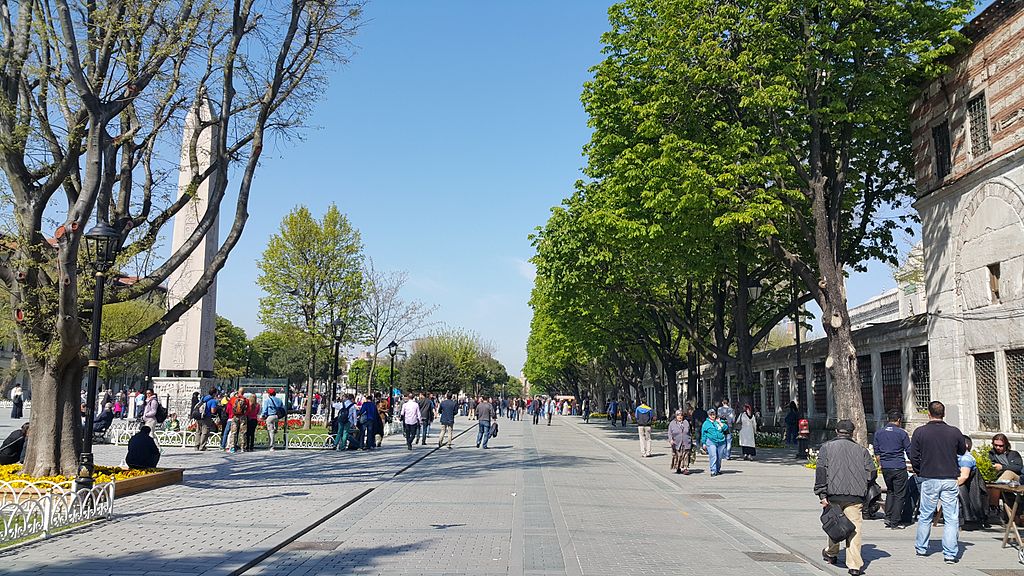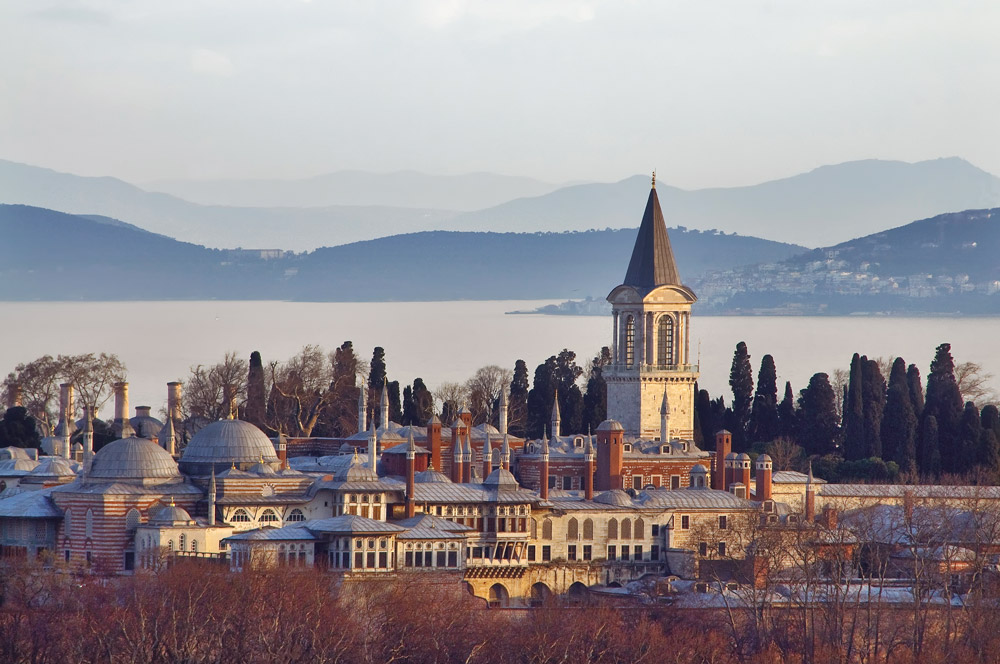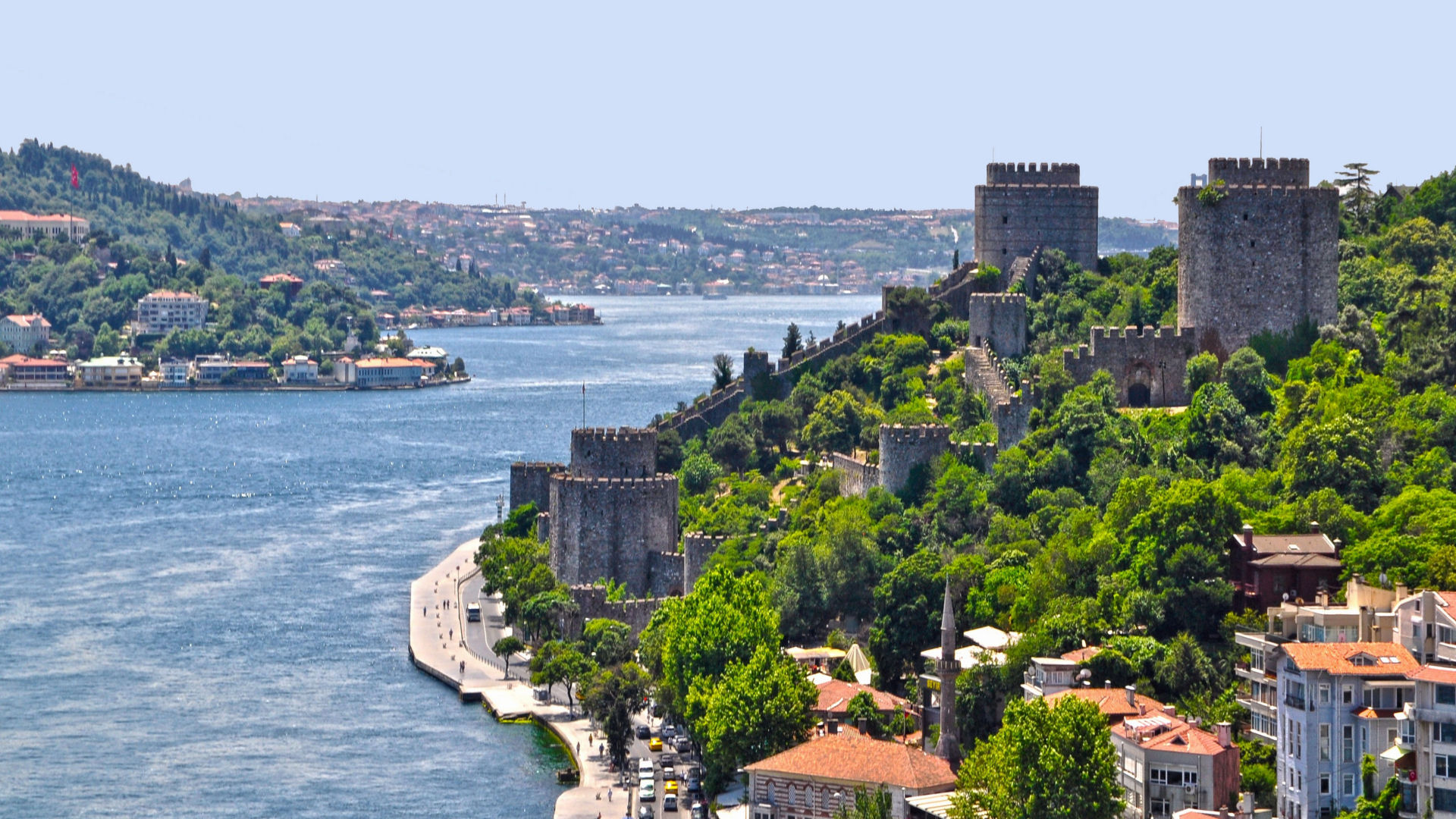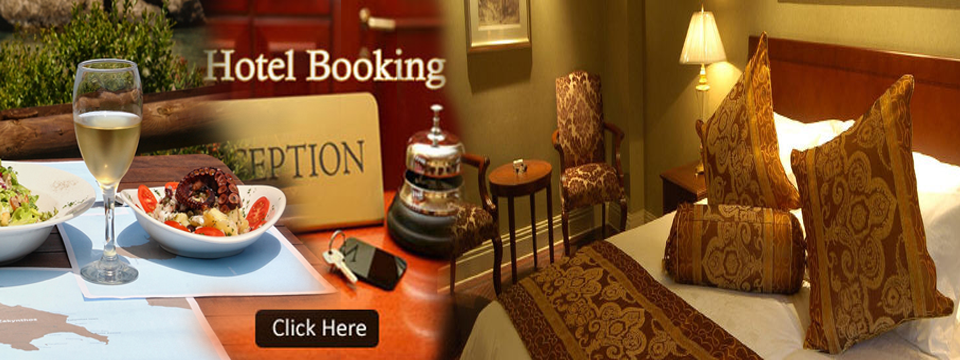THE SUNRISE HOTEL - LOCATION
The perfect location is within walking distance of all major historical, cultural and touristic attractions of magical Istanbul like Blue Mosque, Hagia Sophia, Topkapi Palace, the Egyptian Spice Bazaar, Grand Bazaar , the Golden horn and many others
The Hagia Sophia, the biggest church constructed by the East Roman Empire in Istanbul, has been constructed three times in the same location. When it was first built, it was named Megale Ekklesia (Big Church); however, after the fifth century, it was referred to as the Hagia Sophia (Holy Wisdom). The church was the place in which rulers were crowned, and it was also the biggest operational cathedral in the city throughout the Byzantine period
After the conquest of Istanbul by Mehmed the Conqueror at 1453, construction of the Topkapı Palace was started at the year 1460 and completed at 1478 . Palace was built upon a 700.000 squaremeters area on an Eastern Roman Acropolis located at the Istanbul Peninsula between Sea of Marmara, Bosphorus and the Golden Horn. Topkapı Palace, was the administrative, educational and art center of the Empire for nearly four hundred years since Mehmed the Conqueror until Sultan Abdulmecid who is the thirty-first Sultan. Although Palace was abandoned by the Ottoman Dynasty by moving to the Dolmabahçe Palace at middle 19th century, Topkapı Palace was protected its importance everytime.
After the establishment of the Republic of Turkey, Topkapı Palace, was transformed into a museum at the date April 3th 1924 and it was also the first museum of the Republic of Turkey. Topkapı Palace Museum is covering approximately 400.000 squaremeters at the present day. Topkapı Palace divided from the city from the land-side by the Imperial Walls which is made by Mehmed the Conqueror. It divided from the city also from the sea-side by the Byzantine Walls. Topkapı Palace is one of the biggest palace-museums with its architectural structures, collections and approximately 300.000 archive papers.
Bosphorus Strait ; One of the world’s most strategic waterways, Bosphorus is the strait between the Black Sea and the Sea of Marmara; it is an inundated valley that follows an irregular northeast-southwest course 32 km (20 miles) long, 730-3300 meters (800-3600 yards) wide, 30-120 meters (100-395 feet) deep.
Bosphorus and Rumeli FortressBosphorus comes from a Tracian word of unknown origin, interpreted in Greek as meaning "Ford of the Cow", from the legend of Io, one of the many lovers of Zeus, who swam across the sea here as a cow chased and continuously disturbed by flies sent by Hera.
Known in Turkish as Bogazici (the Strait), it links the Black Sea with the Sea of Marmara and, with the Dardanelles Strait (in Canakkale), separates Europe from Asia. It is a former river valley which was drowned by the sea at the end of the Tertiary period. This is a very busy strait with many commercial ships and oil tankers, as well as local fishing and passenger boats..
It runs right through the heart of Istanbul, past the Istanbul Modern Art Museum, several Ottoman palaces, at least two fortresses, forested hills, and shore villages with Ottoman architecture. (For self-guided touring, I've divided it into the Southern Bosphorus and Northern Bosphorus.)






